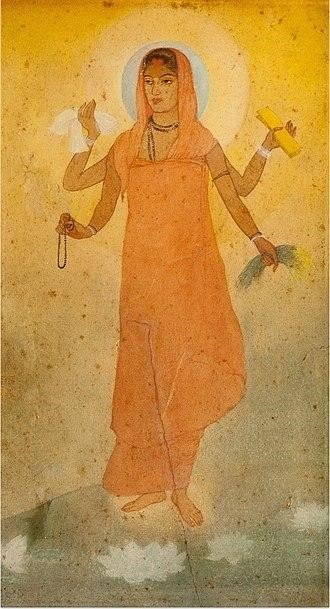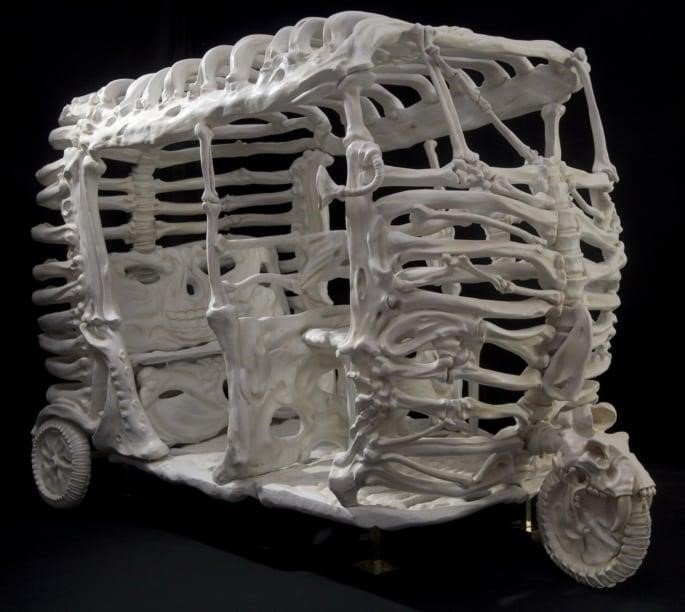7 Best Modern Indian Art Works - Demystifying the History


What Does Modern Art Mean?
Before I take you on the journey of modern Indian art, I will let you know about modern art first so that you make sense of it. Have you ever questioned yourself about modern art? Lemme tell you in simple words, the art of the contemporary era. Remember modern does not mean the present time but rather it means a period that began more than a decade before the current time. Modern art encompasses all work created between the 1860s as well as the 1970s and includes a wide range of creative genres.
It was a moment when artists attempted to abandon old procedures and ideals in order to make work for a quickly changing, ‘modern' era. In the world of modern famous artists, we have many names but Picasso is one the finest artist of all time. The art given is considered one of the most famous arts until now.

Picasso's Guernica (1937) is one of the most well-known works of modern-day art.
History of Modern Art
India has listed its name in everything throughout the world and so does in the case of art. The modern Indian Art Movement started in the very well-known city of Calcutta in the late 19th century. The traditional art painting almost faded out in Bengal, while on the other side, Britain established new institutes of art and named it modern art painting. To begin with, the first Indian heroic Indian artist Raja Ravi Varma focused on Western artistic tools, methods, and techniques such as oil painting and easel painting and brought the tradition of modern art all the way to India.
Therefore, the history of modern art goes back to the 19th century and the central character Raja Ravi Varma. In response to Western intervention, a rebirth of traditionalism emerged, known as the Bengal school of painting, that relied on India's rich traditional legacy. Let us have a glance over the mysterious painting of Raja Ravi Varma of Sri Krishna as a representative by Raja Ravi Varma.

Sri Krishna as Envoy by Raja Ravi Varma (1905)
In 1905 Raja Ravi Varma painted a portrait of Sri Krishna as a Missionary. The above-given portrait is an oil-Indian art that portrays Sri Krishna in his role of being the messenger of Pandavas in front of everyone at the court of Kaurava. The very portrait is still present at Sri Jayachama Rajendra Art Gallery, Jaganmohan Palace, Mysore, Karnataka.
The next famous portrait we have painted by Raja Ravi Varma is of Draupadi who is the wife of Pandavas. The name of the painting given below is “Pleasing”.

Pleasing by Raja Ravi Varma
The portrait Pleasing was created by Raja Ravi Varma in the late 19th century and named it Pleasing. In the above Indian art Draupadi, the spouse of the Pandavas can be seen in this picture mourning her fate of bringing milk and honey to Keechaka's court. Now where you may see this Indian art in the art exhibition of Sri Jayachama Rajendra Jaganmohan Palace, Mysore, Karnataka.
Similarly, we have another very well-known Indian art of Raja Ravi Varma of a milkmaid given below. In this painting, the artist tried to present the countryside woman who is a milkmaid.

The Milkmaid by Raja Ravi Varma
The above Indian art of Raja Ravi Varma was created in 1904. This portrait is of a typical northern Indian rural side girl who is carrying milk to her home. The portrait reflects the humbleness and innocence of a village-side girl. It also shows how modest and pure a soul she is. No matter if a person is poor or belongs to a rural area, he/she must the purity in his/her heart for the world. The very portrait is still present at Sri Chitra Art Gallery, Thiruvananthapuram, Kerala. If somebody wants to see it today, it can be seen there.
The Bengal School of Art
As it has been already discussed, the most influential artist in the later 19th century was Raja Ravi Varma who the modern art culture to India in Bengal school. It was during the colonial period all this happened. Considering the enormous impact of Indian spiritual concepts in the West, Ernest Binfield Havel, a British art teacher at the Calcutta School of Art, strove to alter instructional techniques by urging pupils to copy Mughal portraits. This sparked widespread outrage, prompting a pupil walkout and criticism from the local press, particularly from nationalists who saw it as a backward step.
Abanindranath created a variety of Indian arts inspired by Mughal art, which he and Havel saw as expressing India's particular mystical characteristics, as contrasted to the "material possessions" of the West. One of his influential art paintings named ‘Bharat Mata’ (Mother India) is actually the portrait of a young lady with four arms, as if she were a Hindu goddess, clutching artifacts emblematic of India's national ambitions. Bharat Mata is a painting done by Abanindranath Tagore (1871–1951).

Bharat Mata by Abanindranath Tagore (1871–1951)
Other than Abanindranath Tagore there were many skillful and competent artists such as Gaganendranath Tagore Jamini Roy, Mukul Dey, Manishi Dey, and Ram Kinker Baij these were the well-known artists of that time. Now you must be wondering why am I not telling you about the contemporary artist of modern art a simple answer to that is a man must build a base to stand a building and the base is ready thus Let me tell you now about the present-day modern artist.
Most Influential Modern Indian Art & Artists Today
It would not be fair to list out a few numbers of artists since we have got numerous artists in India but still, we have listed them out as per our research conducted from different websites and based on the price on which the portraits have been sold. In this list the number one we have the Indian art of Atul Dodiya. His artwork is so famous that people buy it in Crore yes you have heard it right. Some of his masterpieces such as lodging in Somnath sold £357,000 (Rs. 3.3 Crores) in 2007.

Lodging in Somnath by Atul Dodiya
The second we have on the list is Bharti Kher. Yes, guys, she is no less than Dodiya, she is a top-listed female artist in India, and one of her fine arts names ‘The Skin Speaks a Language of Not Its Own’ sold for £1.1 million (Rs. 103 Crores). The same portrait was resealed in 2010 for £1 million (Rs. 94 Crores) while further later in 2013 the very artwork for £1.3 million (Rs. 122 Crores) set a new record.

The Skin Speaks a Language of Not Its by Own Bharti Kher 2010
In the third position, we have Jitish Kallat. He is a well-known modern artist who works on a variety of platforms, including paintings, sculptures, and photographs. His writing style reflects his interest in the city's sociopolitical past. Kallat is the one who brought out the paradoxes of a migrant who are workers and laborers lifestyles to Indian cities. You must be desperate to know about the price of his one painting. So let me tell you that Kallat set an auction record of £55,000 (Rs. 55 Lakhs).

Autosaurus Tripous by Jitish Kallat
